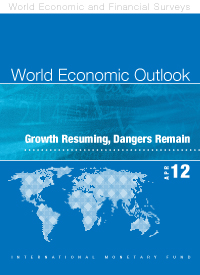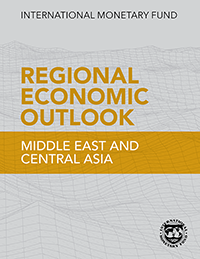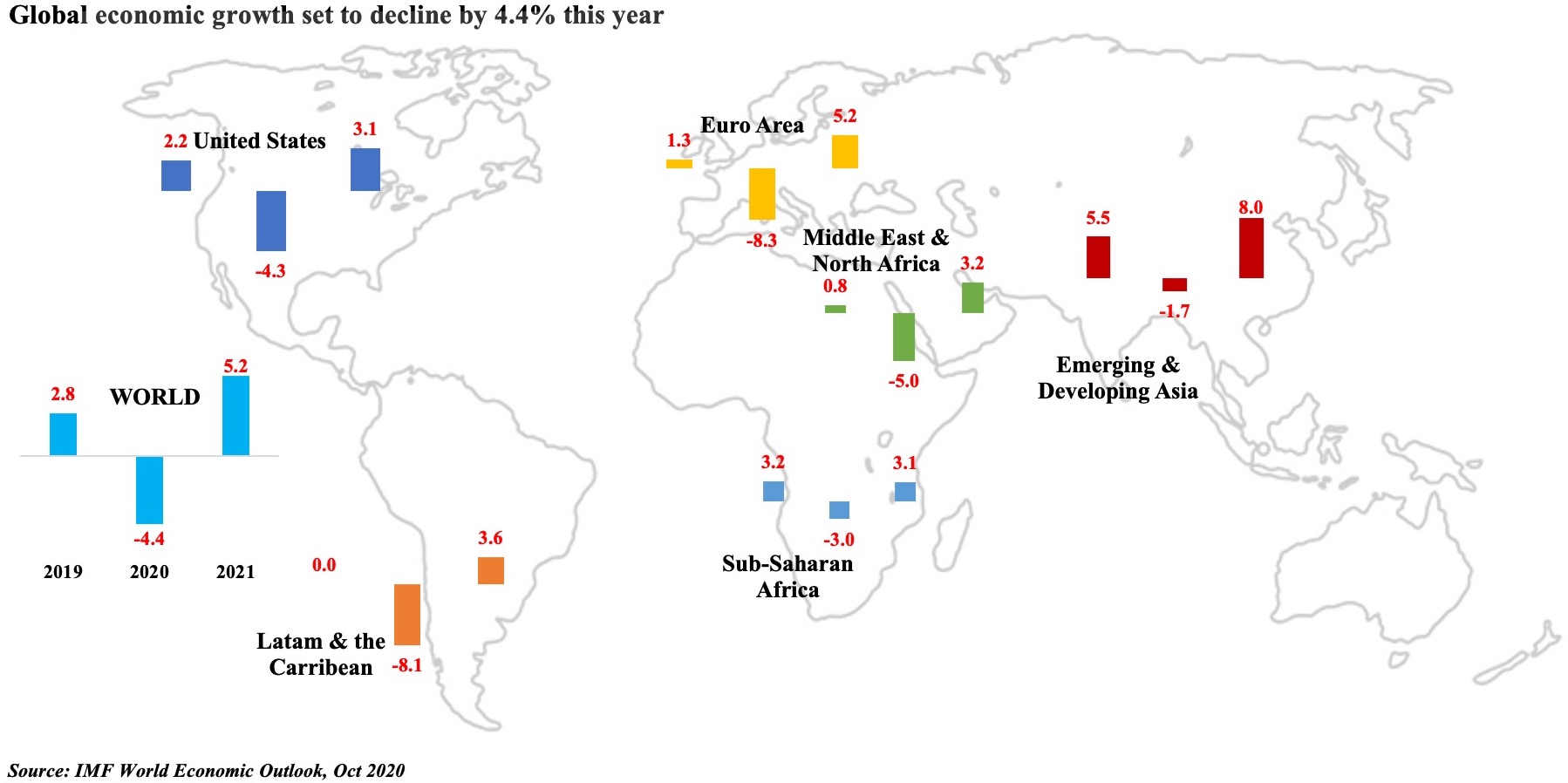Imf Economic Review 2019
2019 economic reviewIm Vergleich zu historischen Journal Impact ist der Journal Impact 2019 von IMF Economic Review um 2139 gestiegen. Global growth is projected to rise from an estimated 29 percent in 2019 to 33 percent in 2020 and 34 percent for 2021a downward revision of 01 percentage point for 2019 and 2020 and 02 for 2021 compared to those in the October World Economic Outlook WEO.
 Grigoli F And A Robles 2017 Inequality Overhang Imf Working Paper Wp 17 76 International Monetary Fu Inequality Financial Inclusion Human Development
Grigoli F And A Robles 2017 Inequality Overhang Imf Working Paper Wp 17 76 International Monetary Fu Inequality Financial Inclusion Human Development
The global economy is in a synchronized slowdown and we are once again downgrading growth for 2019 to 3 percent its slowest pace since the global financial crisis.

Imf economic review 2019. Total visitor arrivals contracted by 21 to 715833 in the first nine months of 2019 due to a 71 37267 decline in cruise passenger arrivals. The sizable downward revision for 2019 reflects downgrades to Brazil where sentiment has weakened considerably as uncertainty persists about the approval of pension and other structural reforms and Mexico where investment remains weak and private consumption has slowed reflecting policy uncertainty weakening confidence and rising borrowing costs which could climb further following the recent sovereign rating downgrade. IMFBlog is a forum for the views of the International Monetary Fund IMF staff and officials on pressing economic and policy issues of the day.
SJR The SJR is a size-independent prestige indicator that ranks journals by their average prestige per. The International Monetary Fund IMF is a global organization of 189 member countries set up to promote the health of the world economy. Its current publication frequency is of four issues per year and its current editor and co-editor are the economists Pierre-Olivier Gourinchas and Ayhan Kose.
With this weakness expected to persist into the first half of 2019 our new World Economic Outlook WEO projects a slowdown in growth in 2019 for 70 percent of the world economy. The Euro at 20. December 2020 issue 4.
International Monetary Fund IMF Real gross domestic product GDP grew by 50 relative to 74 in 2018see Chart 1. The October 2019 Global Financial Stability Report GFSR identifies the current key vulnerabilities in the global financial system as the rise in corporate debt burdens increasing holdings of riskier and more illiquid assets by institutional investors and growing reliance on external borrowing by emerging and frontier market economies. Last year the countrys economy only grew by 56 putting it in sixth position.
The IMF talks of a growth rate of 88 in its World Economic Outlook. International trade political economy labor economic history and development. By Oya Celasun Gian Maria Milesi-Ferretti.
IMF Economic Review - Journal Impact Der Journal Impact 2019 von IMF Economic Review beträgt 2100 neueste Daten im Jahr 2020. IMF Economic Review Impact Factor 2018-2019 The impact factor IF 2018 of IMF Economic Review is 210 which is computed in 2019 as per its definition. It is dedicated to publishing peer-reviewed high-quality context-related academic research on open-economy macroeconomics.
Ghanas economy is skyrocketing. The report proposes that policymakers mitigate these. Global Economy in 5 Charts.
IMF Economic Review Journal Impact Quartile. The International Monetary Fund IMF has predicted Ghana to be worlds fastest growing economy in 2019. Volume 68 March - December 2020.
This marked a reversal of. Volume 67 March - December 2019. June 2020 issue 2.
June 2019 issue 2. Global growth softened to 36 percent in 2018 and is projected to decline further to 33 percent in 2019. With the economic environment becoming more uncertain firms turned cautious on long-range spending and global purchases of machinery and equipment decelerated.
Conditions have eased in 2019 as the US Federal Reserve signaled a more accommodative monetary policy stance and markets became more optimistic about a USChina trade deal but they remain slightly more restrictive than in the fall. September 2019 issue 3. Growth continues to be weakened by rising trade barriers and increasing geopolitical tensions.
It works to foster global monetary cooperation secure financial stability facilitate international trade promote high employment and sustainable economic growth and reduce poverty around the world. The IMF Economic Review is the official research journal of the International Monetary Fund IMF. December 2019 issue 4.
The impact factor IF also denoted as Journal impact factor JIF of an academic journal is a measure of the yearly average number of citations to recent articles published in that journal. March 2019 issue 1. Volume 67 issue 3 articles listing for IMF Economic Review.
March 2020 issue 1. IMF Economic Review applies rigorous analysis with an empirical orientation that benefits readers and engages with a broad audience including academics and policymakers. The Global Financial Cycle.
The journal borrows from and interacts with related fields. Household demand for durable goods also weakened although there was a pick up in the second quarter of 2019. The IMF Economic Review has a focus on open economy macroeconomics but also features content on global economic policies international finance as well as international trade.
The Year in Review. Full Report and Executive Summary Global growth is forecast at 30 percent for 2019 its lowest level since 200809 and a 03 percentage point downgrade from the April 2019 World Economic Outlook.






